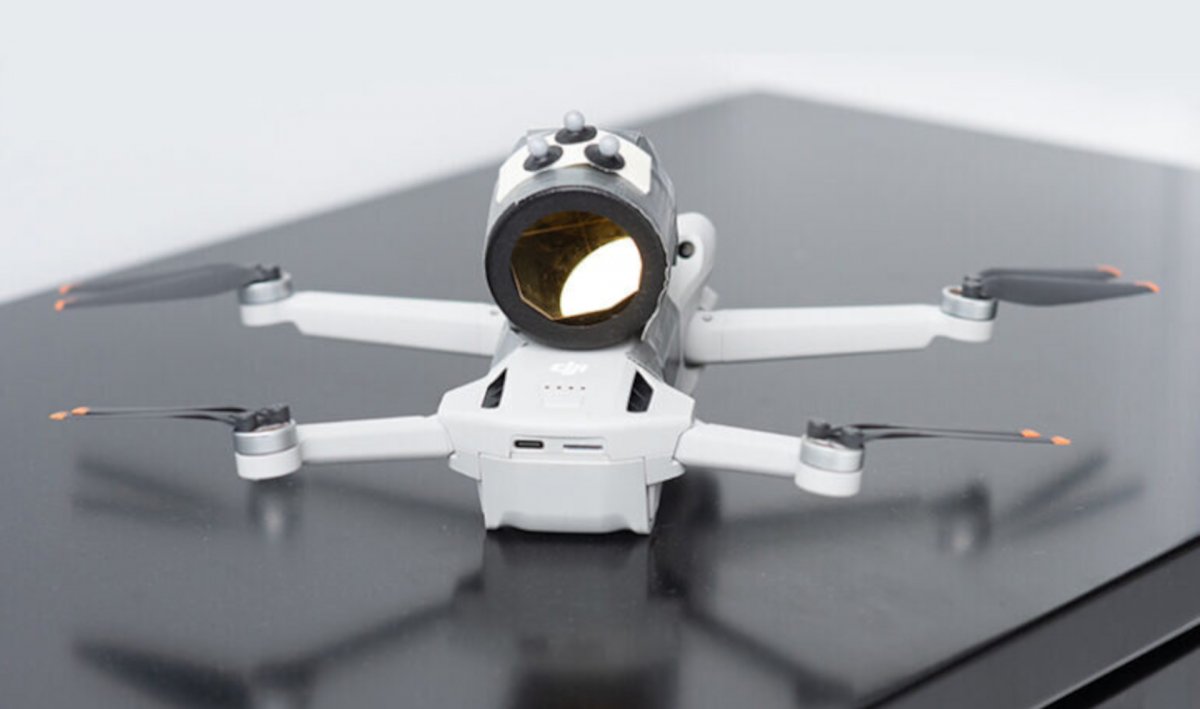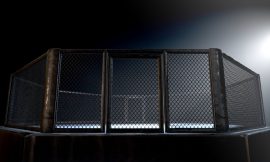A research team at Princeton University has developed a drone that uses lasers to detect methane leaks in natural gas systems. The drone is capable of identifying leaks that are 25 times smaller than those detected by traditional methods with an accuracy of up to one meter. This new technology combines the mobility of a drone with remote sensing capabilities, according to the researchers’ scientific paper in Remote Sensing of Environment.
Current methods of leak detection rely on the use of labor-intensive handheld infrared cameras, which are not sensitive to small leaks, or extensive infrastructure to be built upfront. The team hopes that the new drone technology will provide a solution to this problem.
Gas sensors can be too heavy and expensive for use in a drone by themselves, and if the drone crashes, the high-value sensors would be lost. The team came up with a new solution and equipped the drone with a retroreflector, which reflects incoming light directly back to the source. The gas sensors are located on a mobile base station, and the movement of the drone is tracked in the base station.
The drone is capable of monitoring entire natural gas plants with a single drone flight, making it possible to quickly seal leaks before harmful gas is released into the atmosphere. Additionally, the technology can be used to measure other gases, such as carbon dioxide and ammonia. To do this, lasers with different wavelengths would have to be added to the base system.
Overall, the new drone technology developed by the Princeton team provides a more accurate and efficient method for detecting harmful methane leaks in natural gas systems.


